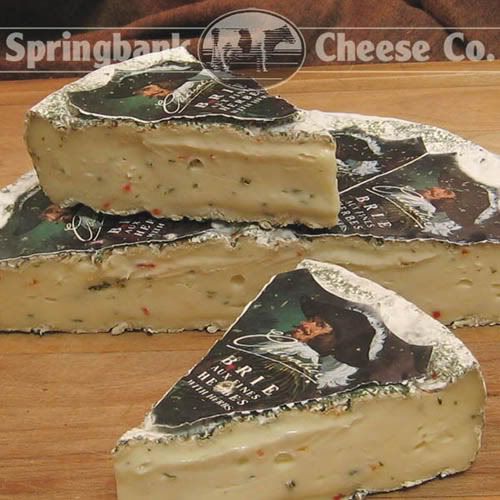What, after all, is a blog without a
Pride and Prejudice post? :o)
In this case, my excuse is that I recently had occasion to watch
Pride and Prejudice (the movie made in 2005). I had previously watched the BBC version several times, read the book several times, and watched the black and white movie version several times.
Here is my impression of each:
The book - I think that, to be honest, it is my favourite Jane Austen book. I say "to be honest" because it is such a common choice. I don't like being common. Still, I cannot deny that the book is readable and amusing. I cannot deny, either, that the main characters appeal to me, and that I greatly enjoy the spirit, style, and intelligence of the book. It is all exactly to my taste.
The Garson/Olivier movie - This version is more comedic than the others. In that sense, I think it works very well. The change in setting does bother me, though, as do the many changes in plot. Not to mention that Greer Garson seemed rather too old, and her humour rather too dry. As for Olivier as Darcy, I can't remember being much impressed with him. Perhaps his stiffness and pride are supposed to have that effect. Still, I prefer a more sympathetic and human hero.
The BBC mini-series - Here, as with the book and the earlier movie, I was amused, especially by dear Bingley and his smiles. I also greatly appreciated the length and the faithfulness to the book. I must say, though, that Darcy and Elizabeth were much too easy to laugh at in their emotional scenes, in which (depending on the character) they choked back tears, looked indignant and troubled, etc., etc. Perhaps I'm just unpleasantly cynical. Either way, I don't join those who go into raptures about Colin Firth's performance. Call it perverseness (or perversity) if you will.
The recent movie - I liked it very much, despite the shortness. One of my only objections was that Bingley was made out to be rather idiotic (pffff!). Having established an overwhelmingly favourable opinion, I began to wonder what other people thought of the movie. Accordingly, I looked it up in the
IMDB (Internet Movie Database). Being more interested in opinions different from my own, I ended up reading almost exclusively negative reader comments. It was depressing! There was, after all, merit to the reviewers' objections. Many of the characters (including Elizabeth and Darcy) were significantly altered in the movie — to the point that one could dispute the aptness of the movie's title. The setting was unlikely, and many key elements of the story (e.g. Wickham) were passed over. (Just to name a few of the apparent offenses . . .)
In the end, though, I decided that none of the above negates the fact that I thoroughly enjoyed the movie (especially the lovely music, the lovely countryside, and the portrayals of Elizabeth and Darcy). If some people prefer to be "most seriously displeased" with the movie, they may suit themselves.









